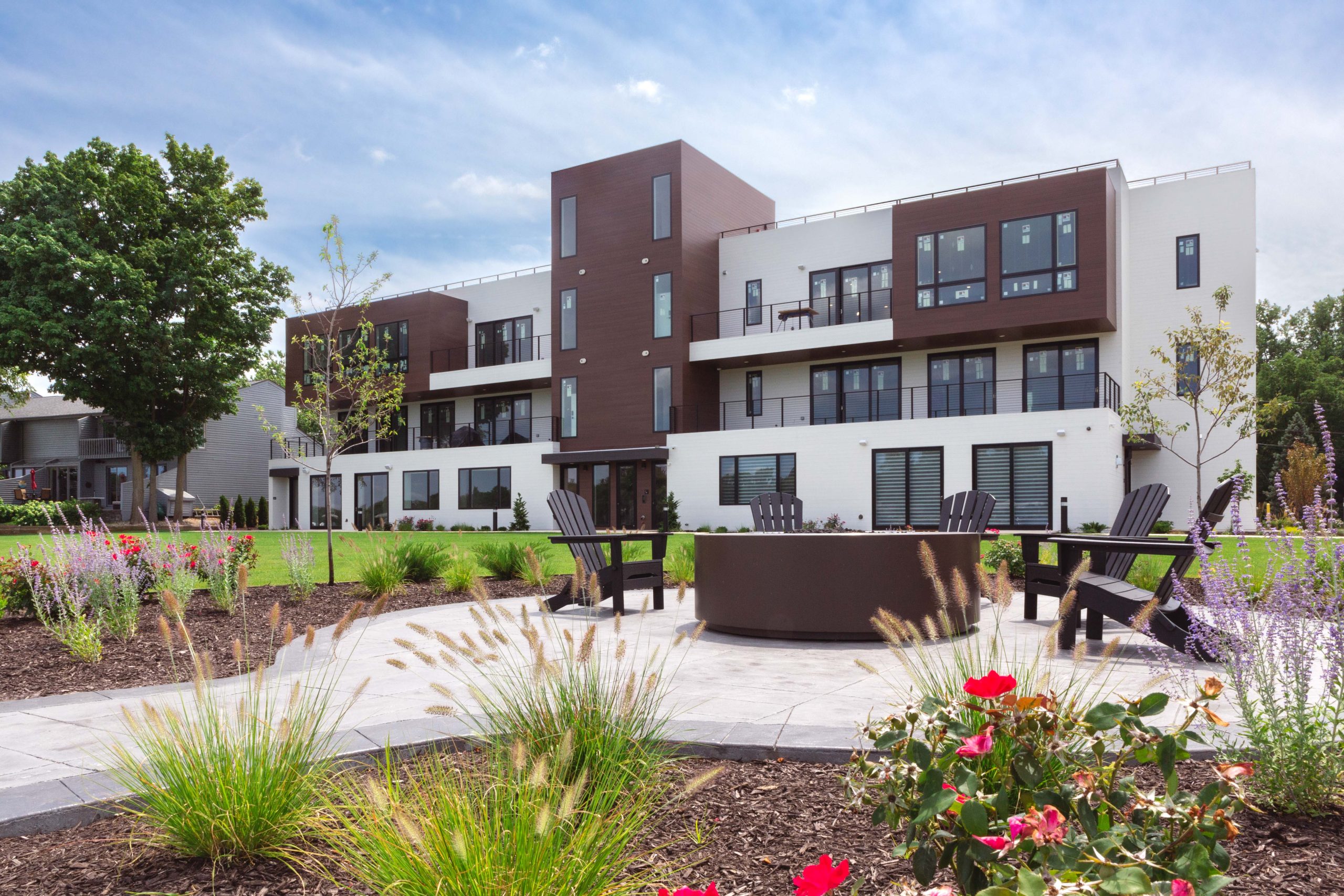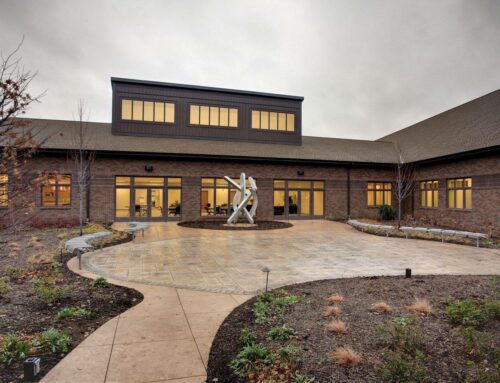In the world of construction, the design-build process has gained popularity for its ability to streamline projects, enhance collaboration, and deliver exceptional results. In this blog, we will explore the advantages of the design-build process, offering insights into why it has become a preferred approach in the industry.
- 1. Integrated Collaboration: One of the key benefits of the design-build process is its emphasis on collaboration. Unlike traditional methods that involve separate entities for design and construction, the design-build approach brings together architects, designers, engineers, and contractors from the project’s inception. This integrated collaboration fosters better communication, increased coordination, and a shared understanding of project goals, resulting in smoother execution and reduced conflicts.
- 2. Streamlined Communication: Effective communication is critical for project success, and the design-build process facilitates streamlined communication channels. With a single point of contact responsible for managing the entire project, stakeholders can easily communicate their needs, concerns, and ideas. This streamlined approach minimizes miscommunication, reduces delays, and allows for faster decision-making.
- 3. Early Budgeting and Cost Control: Design-build projects benefit from early budgeting and cost control measures. Since the design and construction phases are integrated, the design team works closely with the construction experts to develop realistic cost estimates early in the process. This proactive approach allows for better cost management, identification of potential cost-saving opportunities, and the ability to make informed decisions that align with the project’s financial objectives.
- 4. Accelerated Project Timelines: The design-build process often results in shorter project timelines compared to traditional methods. With the design and construction teams working together concurrently, there are fewer delays caused by waiting for design documents to be finalized before construction can begin. This synchronized approach accelerates the construction schedule, allowing projects to be completed more efficiently.
- 5. Value Engineering: Value engineering is another advantage of the design-build process. By involving construction experts early in the design phase, potential value engineering opportunities can be identified to optimize the project’s value while controlling costs. This collaborative approach ensures that the design aligns with the client’s objectives, functional requirements, and budget, resulting in an optimized design that maximizes value.
- 6. Accountability and Single Point of Responsibility: In design-build projects, accountability and responsibility are consolidated into a single entity. This means there is no finger-pointing between separate design and construction entities if issues arise. The design-build team takes ownership of the entire project, ensuring seamless coordination, timely problem-solving, and efficient project delivery.
Conclusion: The design-build process offers numerous advantages, including integrated collaboration, streamlined communication, early cost control, accelerated timelines, value engineering, and a single point of responsibility. These benefits contribute to more efficient and successful construction projects. As the industry continues to evolve, the design-build approach stands as an innovative and effective way to deliver exceptional results.
Whether you’re embarking on a commercial, residential, or infrastructure project, exploring the design-build process can help you achieve your goals efficiently and with minimized risks. Consider partnering with experienced design-build professionals who can guide you through this collaborative and streamlined approach.





